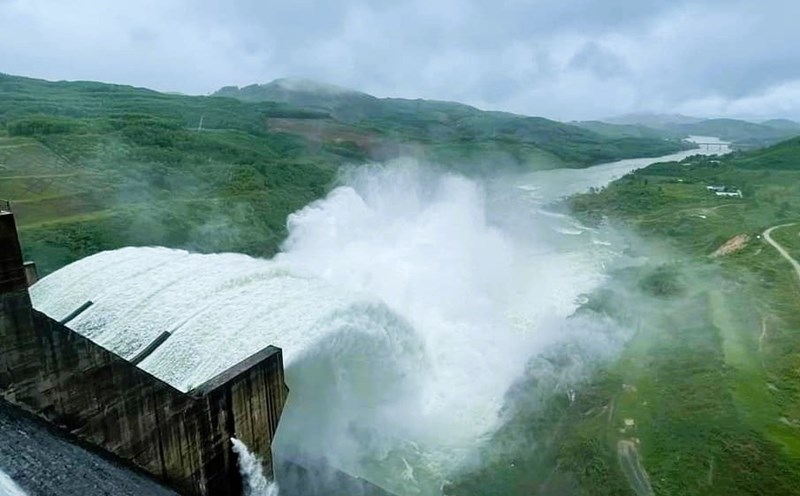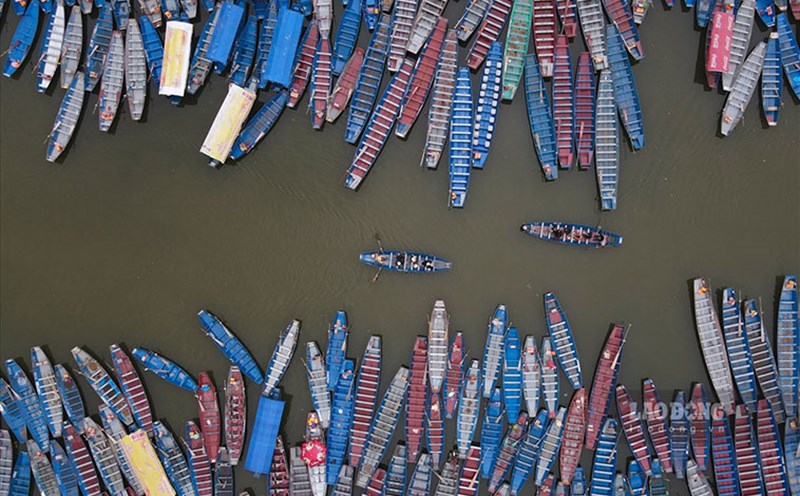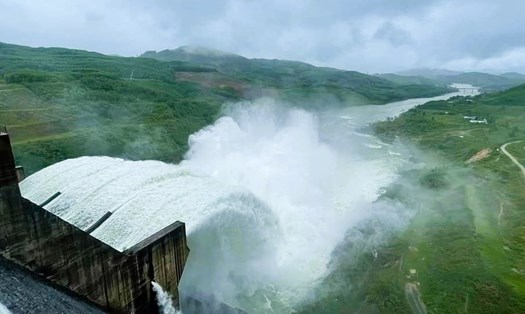Hydropower contributes thousands of billions of dong to the budget
Located in the northern Central Highlands, with a terrain of steep hills and rivers, Kon Tum has great potential for renewable energy, especially hydropower. However, many projects are still stuck and slow to be put into operation and generate electricity to the grid.
According to statistics, Kon Tum province has 82 hydropower sites with approved planning, but only 32 projects have been completed and put into operation. There are 20 other projects that have not yet been approved for investment by competent authorities and 4 projects have been proposed to be removed from the planning.
According to Mr. Le Nhu Nhat - Director of the Department of Industry and Trade of Kon Tum province, hydropower projects in the province and inter-provincial projects with Gia Lai and Quang Ngai have contributed a lot to the province's budget over the years. In 2020, it was 604,065 billion VND; in 2021, it was 898,846 billion VND; in 2022, it was 1,221,682 billion VND; in 2023, it was 1,206,745 billion VND; in 2024, it was estimated at 1,058,745 billion VND.
Currently, power source and grid projects in Kon Tum province are being implemented according to the planning and plans for the National Power Development Plan for the period 2021-2030 and vision to 2050. Implementation according to the planning is to stabilize the safety of the power system, meet supply needs, and ensure national energy security in each period.
Many projects are slow or have not generated electricity yet.
After the 8th Power Plan, Kon Tum has 12 medium and small hydropower projects facing difficulties and obstacles, unable to put into operation and generate electricity in time in 2024 and 2025.
The main reason is due to the compensation and site clearance work, which leads to delays in land allocation and land lease for projects. The relevant departments and forest management units must also inventory and review the forest land area (currently without forest) to readjust the boundaries. Once this procedure is completed, the Provincial People's Committee will be eligible to allow the conversion of land use purposes for projects.
According to the Department of Industry and Trade of Kon Tum province, the power transmission grid system has not been invested in accordance with the schedule of the power development plan, which also contributes to slowing down the process of putting a series of hydropower plants into operation and generating electricity as planned.
Recently, Chairman of Kon Tum Provincial People's Committee Le Ngoc Tuan sent an official dispatch requesting the Ministry of Industry and Trade to consider and submit to the Prime Minister for permission to adjust the operation time of 12 hydropower plants.
Of which, there is 1 medium hydropower project, Dak Mi 1, with a capacity of 84MW, expected to operate in 2024, which will be adjusted to the 2025-2026 period; 2/10 small hydropower projects such as Dak Mi 1A, Dak Psi hydropower with a total capacity of 15MW will operate in the 2026-2030 period; 9/14 small hydropower projects operating in 2025 will be adjusted to operate in the 2026-2030 period.
For four other small-capacity hydropower projects, Kon Tum province proposed that the Ministry of Industry and Trade remove them from the planning due to their impact on natural forests and the risk of flooding and natural disasters.
To avoid wasting land and energy resources, the Provincial Department of Industry and Trade advised the Provincial People's Committee to transfer this land area to the locality for management and seek to attract other investment projects for economic and social development.
Kon Tum has great hydropower potential with a total capacity of 3,581.4 MW. Of which, large hydropower projects have been put into operation with 1,831 MW, 444 MW are under construction, and 395.5 MW have been completed with medium and small hydropower projects. The province affirms that the energy industry is its strength, contributing greatly to the budget, promoting economic development, improving mountainous infrastructure, creating jobs and stabilizing people's lives.











